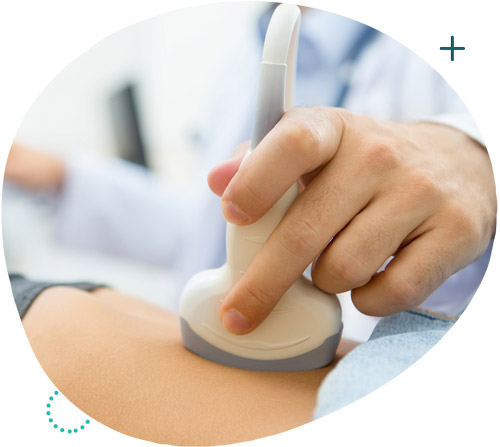This website uses cookies so that we can provide you with the best user experience possible. Cookie information is stored in your browser and performs functions such as recognising you when you return to our website and helping our team to understand which sections of the website you find most interesting and useful.
Urogynaecology
Urogynaecology
Urinary incontinence in women
Urinary incontinence is a common disease, affecting up to 10% of women over 50 years old.
Usually, however, patients (up to 30% of those affected) do not talk about it to their doctor, are embarrassed or think it is normal and inevitable.
Urinary incontinence may be limited to the loss of a few drops to the point that it affects the daily life of the woman and her social life.
Solutions exist and are individualized according to the desire and symptomatology of the patient but mainly according to the pathology due to incontinence. This is very important because it will determine the type of treatment, conservative (pharmaceutical) or surgical.
The gynecologist with the history he will take, will be able to suspect whether it is incontinence from effort or incontinence from overactive bladder, the most common causes of incontinence in women. Then, if necessary, he will propose a urodynamic examination, a special, painless study of the bladder and in the end will give the appropriate treatment.
Causes
Stress incontinence occurs when a woman loses urine after an intense physical effort, e.g., climbing up and down stairs, exercising, lifting weight or even after an intense laugh.
This is due to either relaxation of the vaginal tissues, or a deficiency of the urethral sphincter.
Incontinence from an overactive bladder occurs at older ages and is manifested by a sudden and intense need to urinate and may be accompanied by an involuntary loss of urine. This case is due to involuntary contractions of the bladder and occurs at all times.
These women have frequent urination in sleep, to the point of getting up even at night to urinate more than twice.
In some cases, the cause is a combination of the above or incontinence due to overfilling, which is due to a sluggish bladder or an obstructive phenomenon of the urethra.
Factors that affect are the many births, the use of fetuses during childbirth, obesity, age, coffee, smoking.
Urinary incontinence in women and treatment
As mentioned above, solutions exist and are adjusted according to the type of incontinence.
Roughly speaking, we could say that the treatment of incontinence from an overactive bladder is conservative with medication. Such drugs are oxybutinin, tolterodine, solifenacin, miravegrone, etc. These drugs are prescribed by the attending physician depending on the history and indications. Possible side effects are exacerbation of narrow-angle glaucoma, hypertension, dry mouth, constipation, dry eye, blurred vision, which side effects are low intensity with the latest generation.
On the contrary, stress incontinence is mainly treated in a surgical way.
The technique that has been used in recent years with very good results is the free voltage sling. It is a thin polypropylene synthetic mesh strip placed under the urethra. This strengthens the vaginal wall and effectively treats incontinence.
It is an operation performed through the vaginal route, with a small incision under the urethra, takes about 20 minutes and is usually done under general anesthesia.
It is currently considered globally the best technique for treating urinary incontinence from effort with success rates around 95% in the three years after surgery.












